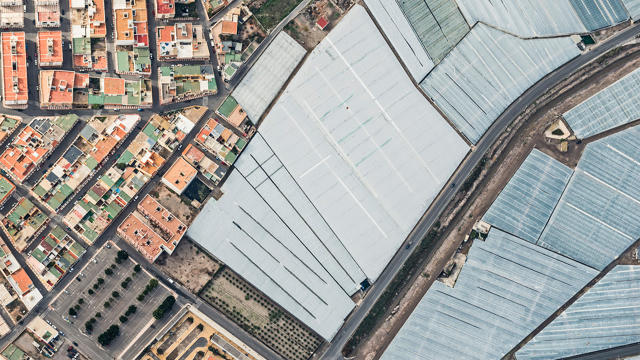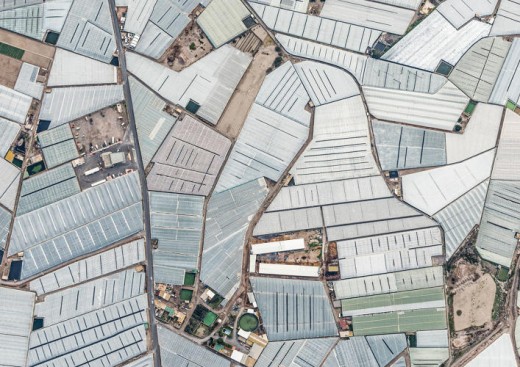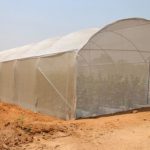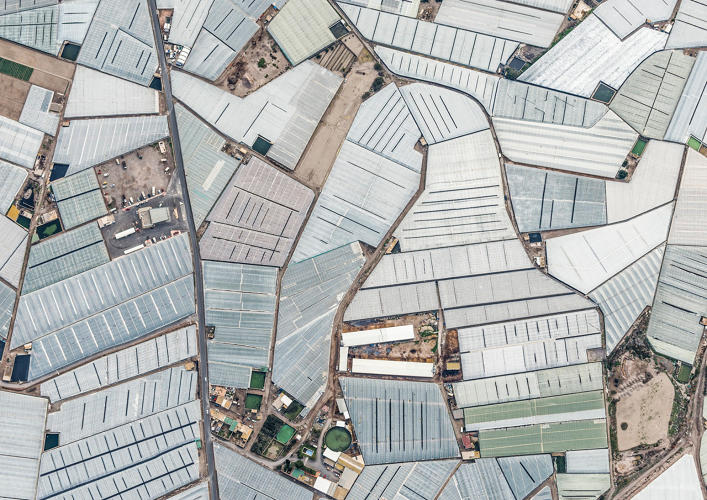have a look at The never-ending Sprawl Of Greenhouses That cover Spain’s wilderness
Over $1 billion in low-cost, low-high quality produce is grown in the middle of the desolate tract each yr due to environmentally harmful greenhouses.
March 2, 2015
Fifty years in the past, one of the crucial few reasons to move to the southeast nook of Spain used to be to make a movie set in the desolate tract, like Lawrence of Arabia or a spaghetti western. Dry, desolate, and once in a while referred to as uninhabitable, the native province of Almeria was the poorest region in the nation.
today, it can be an unending sprawl of greenhouses—the most important on the planet—that locals name the Mar de Plástico, or the ocean of Plastic. well over $1 billion in produce is grown every 12 months. In a brand new picture collection, German photographer Bernhard Lang documents the one hundred,000 acres of greenhouses from above.

“many of the cheap, low-quality vegetables and fruits offered at food discount retailers in Germany come from that situation,” Lang says. “i assumed that these a lot of greenhouses on that massive space might seem to be really attention-grabbing from above.”
Locals hail the ocean of greenhouses as an financial miracle, but the business has additionally damaged the atmosphere. so much groundwater has been used to irrigate the crops that the federal government used to be in the end compelled to construct desalination vegetation. Plastic trash from the greenhouses is left by using roadsides and from time to time ends up in the ocean.
The transformation is solely the latest instance of how people have dramatically modified this corner of the sector; at one level, the area used to be lined in forests. Then the Romans showed up, and the Moors, and in the end, nearly each tree was long past and the land grew to become to abandon. The query these days is whether the current generation on the land can take care of resources smartly sufficient to continue production—or if there are smarter the way to grow our vegatables and fruits.
lots of the produce is distributed to different parts of Europe; Almeria now grows half of of all bell peppers eaten in Europe. however a few of it additionally leads to North the usa. the following time you see a tomato labeled “grown in Spain,” this is most definitely where it got here from.
[All Photos: Bernhard Lang]
fast company , read Full Story
(184)














